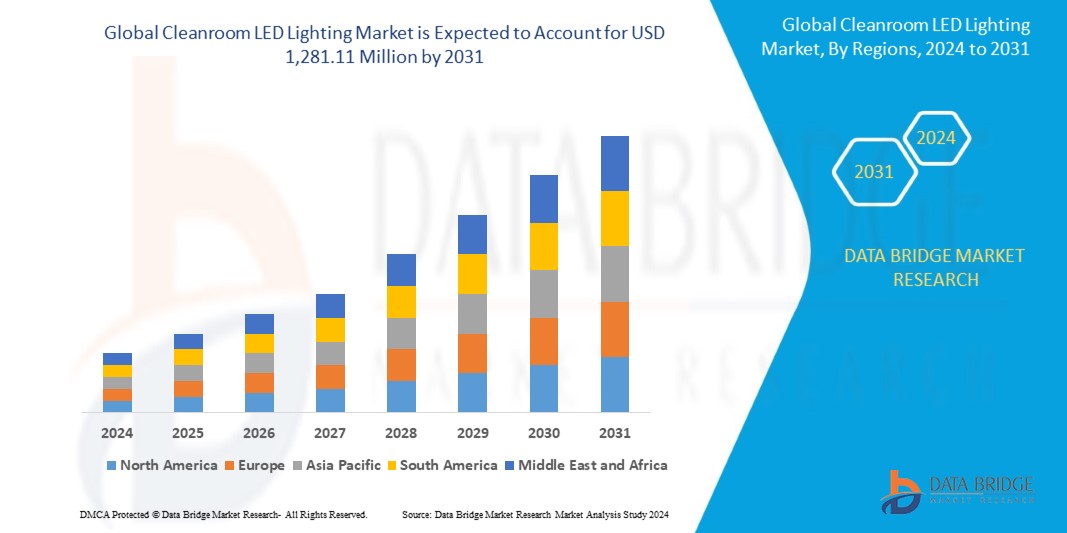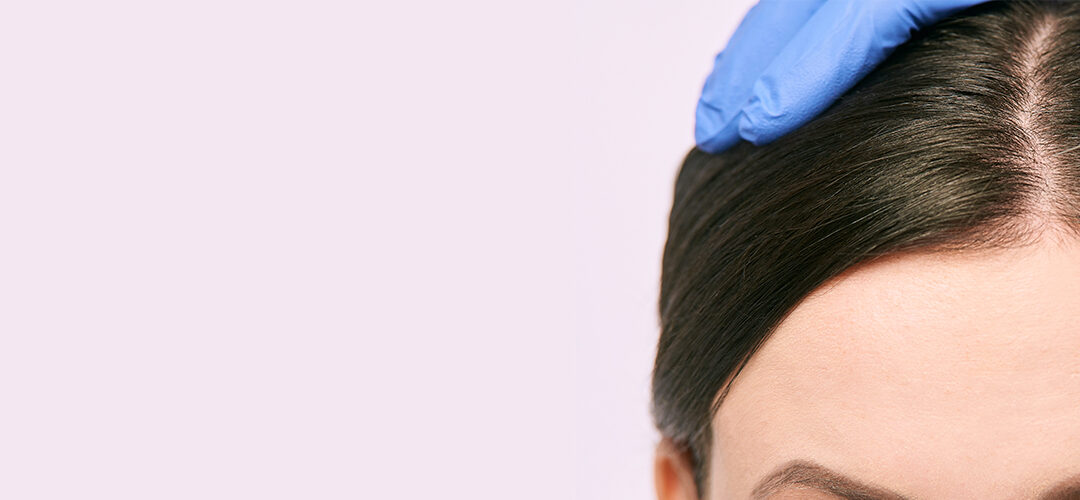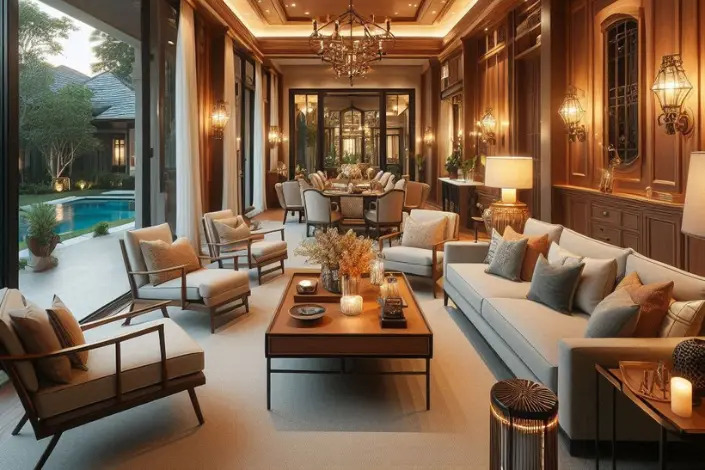Introduction
Understanding Cleanroom Lighting
Cleanrooms are controlled environments with extremely low levels of pollutants, used extensively in industries like pharmaceuticals, semiconductors, biotech, and aerospace. Within these spaces, even lighting systems must comply with strict requirements. Conventional lighting systems can harbor dust or emit heat that disrupts environmental control.
This is where cleanroom LED lighting plays a crucial role. Designed to resist particle accumulation, operate efficiently in sterile environments, and ensure uniform illumination, LED lighting for cleanrooms is now a core infrastructure element.
Why LED is the Preferred Choice
LED technology provides not only energy efficiency and long operational life but also superior hygiene, low maintenance, and minimal heat emission, which are essential in cleanrooms. Moreover, LEDs emit minimal UV and IR radiation—important in environments sensitive to temperature or contamination.
Market Overview
Current Market Size and Growth Outlook
The cleanroom LED lighting market was valued at approximately USD 820 million in 2023, and is projected to exceed USD 1.5 billion by 2030, growing at a CAGR of around 8%. Factors such as the global boom in pharmaceutical production, increased R&D spending, and stringent ISO 14644 and GMP compliance have significantly boosted market demand.
Key Sectors Driving Demand
-
Pharmaceutical and biotechnology labs
-
Semiconductor fabrication units
-
Medical device manufacturing
-
Aerospace and defense clean zones
-
Food & beverage processing units
-
Research institutions and clean facilities
Market Segmentation
By Product Type
-
Recessed Cleanroom LED Lights
-
Surface-Mounted Cleanroom LED Lights
-
Troffer Fixtures
-
Linear Strip Lights
-
Specialty and Modular Fixtures
By Mounting Type
-
Ceiling-Mounted
-
Wall-Mounted
-
Grid-Mounted
By Application
-
ISO Class 1–5 Cleanrooms
-
ISO Class 6–9 Cleanrooms
-
GMP Zones (Grade A to D)
-
Sterile Corridors and Lobbies
By End-User Industry
-
Healthcare & Pharmaceuticals
-
Microelectronics
-
Aerospace
-
Food Processing
-
Research Laboratories
By Region
-
North America
-
Europe
-
Asia-Pacific
-
Middle East & Africa
-
Latin America
Regional Insights
North America
The United States and Canada are major contributors to cleanroom lighting installations, largely due to their well-established pharmaceutical and aerospace sectors. The implementation of FDA regulations and NSF certifications promotes widespread use of LED fixtures with sealed housings and antimicrobial surfaces.
Europe
Germany, France, and the UK lead the European market, with strong adoption in biotechnology and precision manufacturing. European Union sustainability initiatives also promote energy-efficient lighting systems across clean environments.
Asia-Pacific
The Asia-Pacific cleanroom LED lighting market is experiencing rapid growth driven by semiconductor fabrication units in South Korea and Taiwan, and pharmaceutical manufacturing hubs in India and China. Cost-effective production and strong government incentives are further fueling growth.
Latin America
Countries like Brazil and Mexico are emerging as outsourcing hubs for pharmaceutical and medical device production, which is catalyzing demand for cleanroom-compliant infrastructure, including specialized lighting systems.
Middle East & Africa
The GCC region is investing in healthcare and laboratory infrastructure. Although smaller in market size, growth is steady due to investments in modern hospitals, biotech parks, and vaccine storage facilities.
Market Drivers
Surge in Pharmaceuticals and Biotech Industries
The post-pandemic era has seen a global surge in biopharmaceutical manufacturing, clinical research, and vaccine production, all of which demand cleanroom environments with precise lighting requirements.
Adoption of Advanced Manufacturing Standards
The rise of Industry 4.0 and GMP compliance mandates have made cleanroom certification a necessity in many sectors. This directly benefits the cleanroom LED lighting market, as facilities seek to upgrade to compliant infrastructure.
Energy Savings and Sustainable Compliance
LED lights consume up to 70% less energy than traditional lighting, while offering superior brightness and reduced maintenance costs. This aligns with global mandates for carbon footprint reduction and green building certifications like LEED.
Market Challenges
High Initial Costs
While LEDs offer cost savings over time, the initial investment in cleanroom-grade lighting can be substantial—especially for startups and mid-sized manufacturers.
Retrofitting Difficulties
Installing new fixtures in existing cleanrooms without disturbing the environment can be challenging. Retrofitting may require shutdowns, increasing costs and downtime.
Limited Awareness in Emerging Economies
In several developing markets, the awareness around cleanroom-specific lighting compliance is still evolving. Many facilities continue to use generic lighting, which hinders market penetration.
Technological Trends
Smart Lighting Integration
IoT-enabled cleanroom lighting is on the rise. These systems offer real-time monitoring, dimming control, alert systems, and integration with building management systems (BMS)—delivering both safety and energy optimization.
UV-LED for Disinfection
A notable innovation is the integration of UV-LED modules for surface and air disinfection, allowing lights to play a dual role in illumination and sterilization.
Glare Reduction and Advanced Diffusers
High-end cleanroom fixtures now include glare-free diffusers, anti-microbial coatings, and IP65/IP66-rated enclosures to ensure safety, visual comfort, and compliance with stringent hygiene standards.
Competitive Landscape
Key Players
-
Signify (formerly Philips Lighting)
-
Kenall Manufacturing
-
Crompton Greaves
-
Terra Universal
-
Eagle Lighting
-
Wipro Lighting
-
Dialight PLC
-
LUG Light Factory
-
Solite Europe
-
LM-Teknik
These players are focusing on R&D, mergers and acquisitions, and regional expansion to strengthen their positions in the cleanroom lighting segment.
SWOT Analysis
| Strengths | Weaknesses |
|---|---|
| High energy efficiency and low heat output | High upfront cost of installation |
| Compliance with stringent cleanroom norms (ISO, GMP) | Limited availability in rural/emerging zones |
| Long lifespan and minimal maintenance requirements | Technical complexity in retrofitting old cleanrooms |
| Opportunities | Threats |
|---|---|
| Growing demand in Asia-Pacific for pharma and semiconductors | Competition from cheaper, non-compliant lighting products |
| Smart integration and automation trends | Regulatory changes and market-specific codes |
| Demand for modular and customizable fixtures | Supply chain risks affecting specialized components |
Future Opportunities
Modular Lighting Solutions
There is increasing demand for plug-and-play LED modules that can be easily installed or replaced without disrupting cleanroom operations. This modularity also allows scalability.
Local Manufacturing and Customization
Regions like India, Vietnam, and Mexico offer scope for local production of compliant lighting products tailored to specific industry needs and national building codes.
AI-Powered Monitoring
Artificial Intelligence is being embedded into lighting systems to automatically adjust luminance, detect faults, or even analyze particulate disruption in the cleanroom via visual analytics.
Cross-Industry Expansion
From pharma to food, from electronics to aerospace—there is vast opportunity to cross-sell cleanroom LED lighting to adjacent industries requiring contamination-free environments.
Conclusion
The cleanroom LED lighting market is no longer a niche segment—it’s becoming a cornerstone of modern, contamination-free production and research environments. As regulations tighten and industries seek energy-efficient, long-lasting, and compliant lighting solutions, the market is poised for sustained growth.
Key sectors such as pharmaceuticals, semiconductors, medical device manufacturing, and biotechnology will continue to lead the demand, especially in the Asia-Pacific and North American markets.
Despite high initial investments and retrofitting challenges, the long-term benefits in efficiency, compliance, and low maintenance make LED lighting the industry standard for cleanroom applications.
With innovations in smart controls, UV-based disinfection, and customizable formats, cleanroom LED lighting will continue to evolve—delivering illumination, safety, and sustainability hand in hand.
Get More Details : https://www.databridgemarketresearch.com/reports/global-cleanroom-led-lighting-market
Get More Reports :
https://www.databridgemarketresearch.com/reports/global-smart-airports-market
https://www.databridgemarketresearch.com/reports/global-iot-insurance-market
https://www.databridgemarketresearch.com/reports/asia-pacific-epilepsy-monitoring-devices-market
https://www.databridgemarketresearch.com/reports/global-nucleic-acid-based-drugs-market







0 Comments